How to Build a Gamification Strategy – An Expert View
Harbinger Interactive Learning
MAY 17, 2022
Gamification strategies are one of the best techniques to improve knowledge retention. In eLearning, a gamification strategy involves using unique gaming elements and techniques to stimulate the learner’s interest and increase their participation. Gamification creates an emotional connect between the learners and the content.

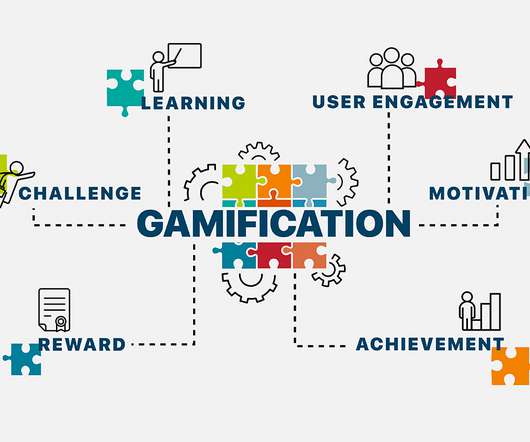














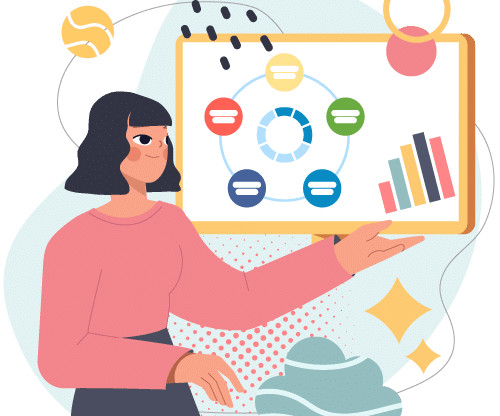

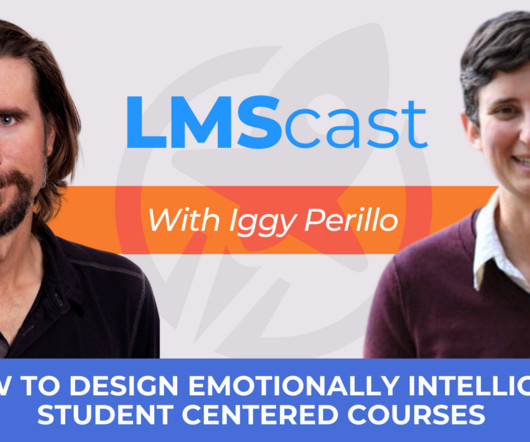



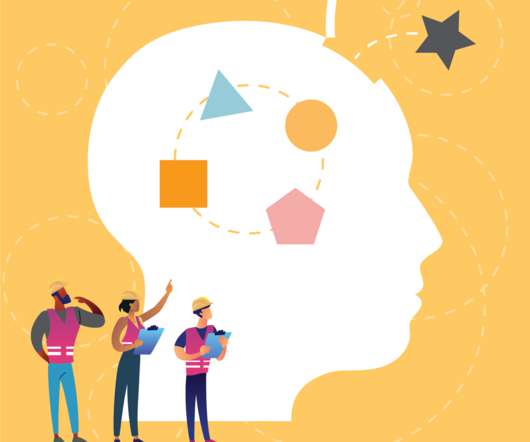

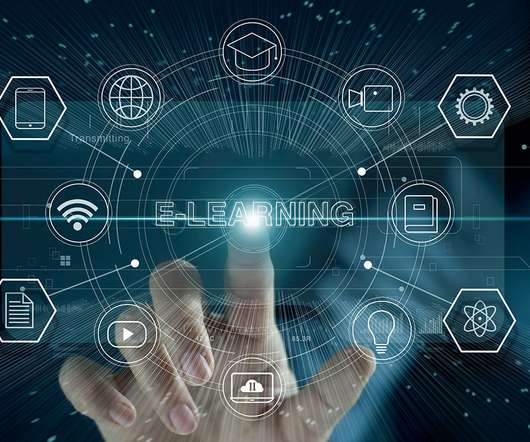











Let's personalize your content